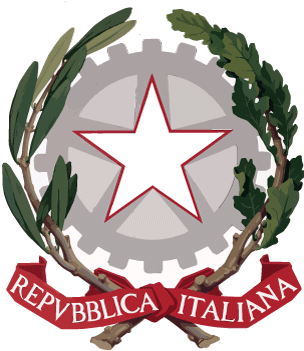First, choose an event o a place to visit
Select the date from the calendar and indicate the number of people to send your booking request.
You will be contacted by our staff. Thank you.
Fill out the form with your data to confirm your booking.
Thank you. Your booking code is {{codice}}, we have sent a summary email to the address {{email}}
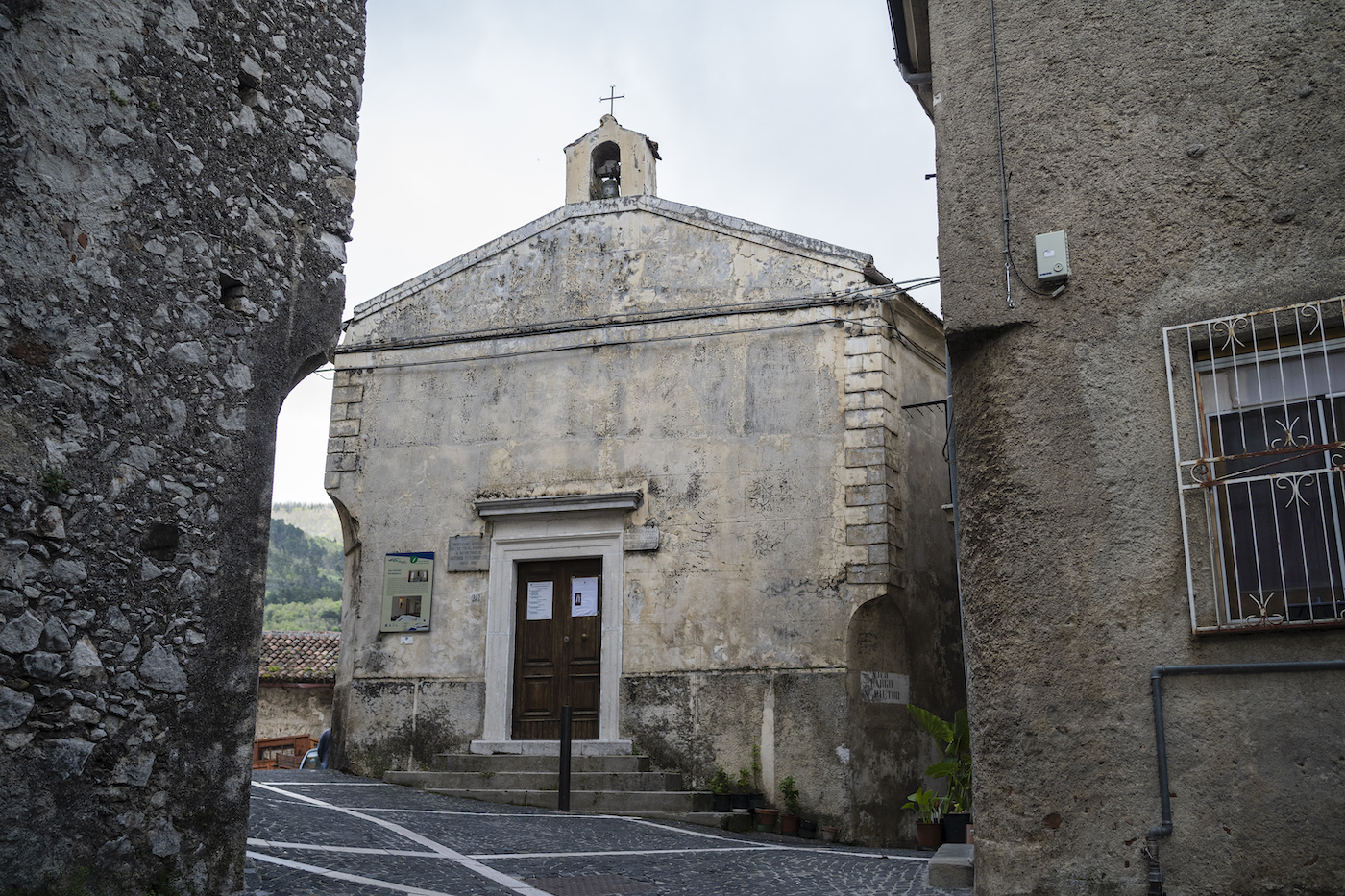
15th century
The Church of San Pietro Petroselli, known as S. Pietro dei Petroselli or S. Pietro Petrosiello (because it was built in a stony, rocky) or again S. Pietro al Torno (from the name in which the sacred building was built), is dedicated to St. Peter in vinculis, i.e. to the episode of the imprisonment of the Holy Apostle. The oldest document regarding its existence is the Instrument of the churches of the Terra di Padula (June 1498), which shows that it was one of the churches annexed to the mother church of S. Michele Arcangelo. In the inventory of the churches of Padula of 1666, we read that on the main altar there was the image of the SS. Compassion. Today the church has a single nave, with a portal in Padula stone from the 16th century, and preserves wooden works of considerable importance: St. Peter and St. Paul, from the 16th century, a work of Lucanian craftsmanship and the coeval Madonna of the Graces. The presbytery area was completely restructured in the 20th century. and the Padula stone altar rests on the remains of an ancient pavement; below it, there is a funerary stone from 1537, a work of Padulian craftsmanship.

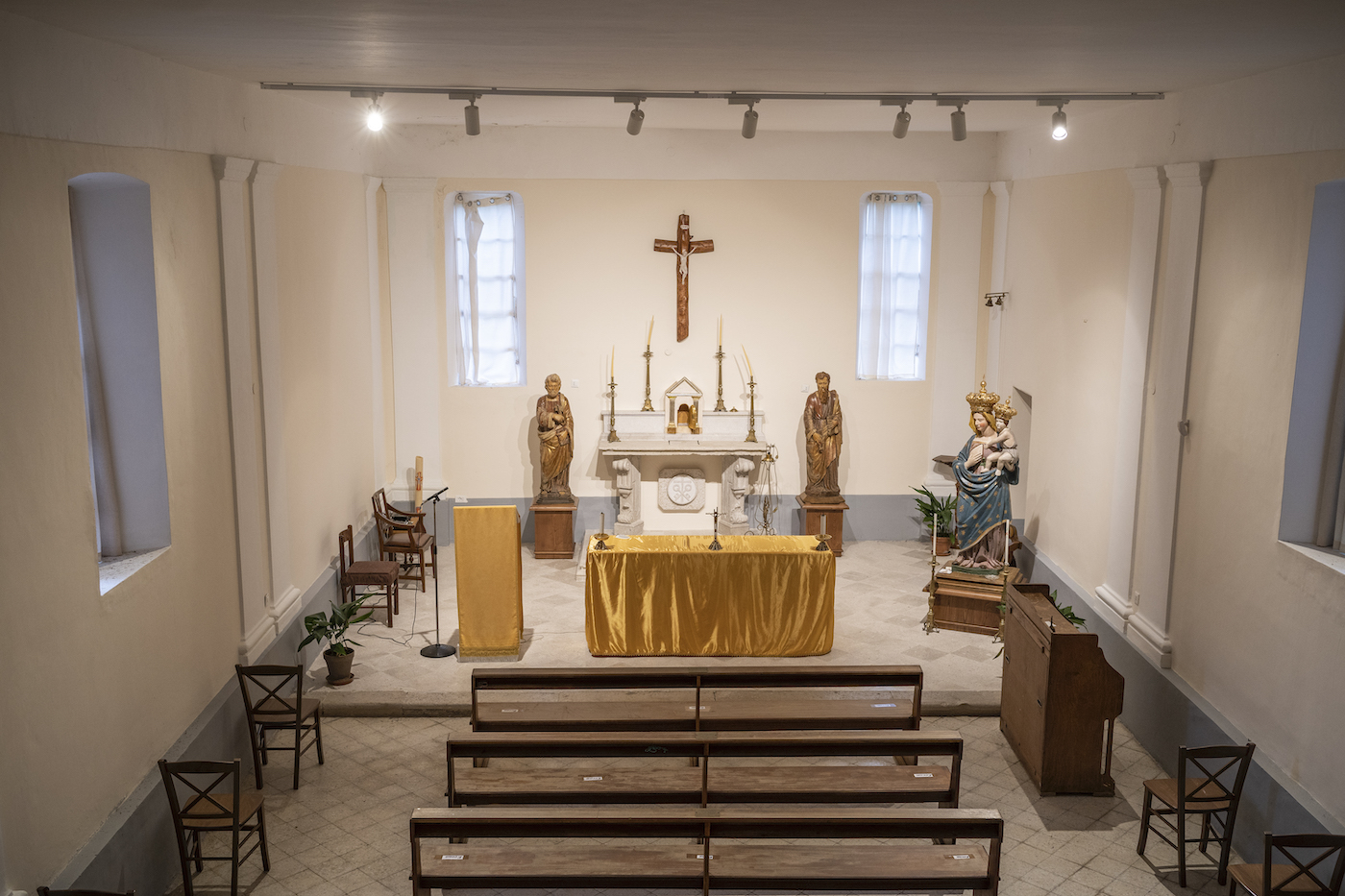
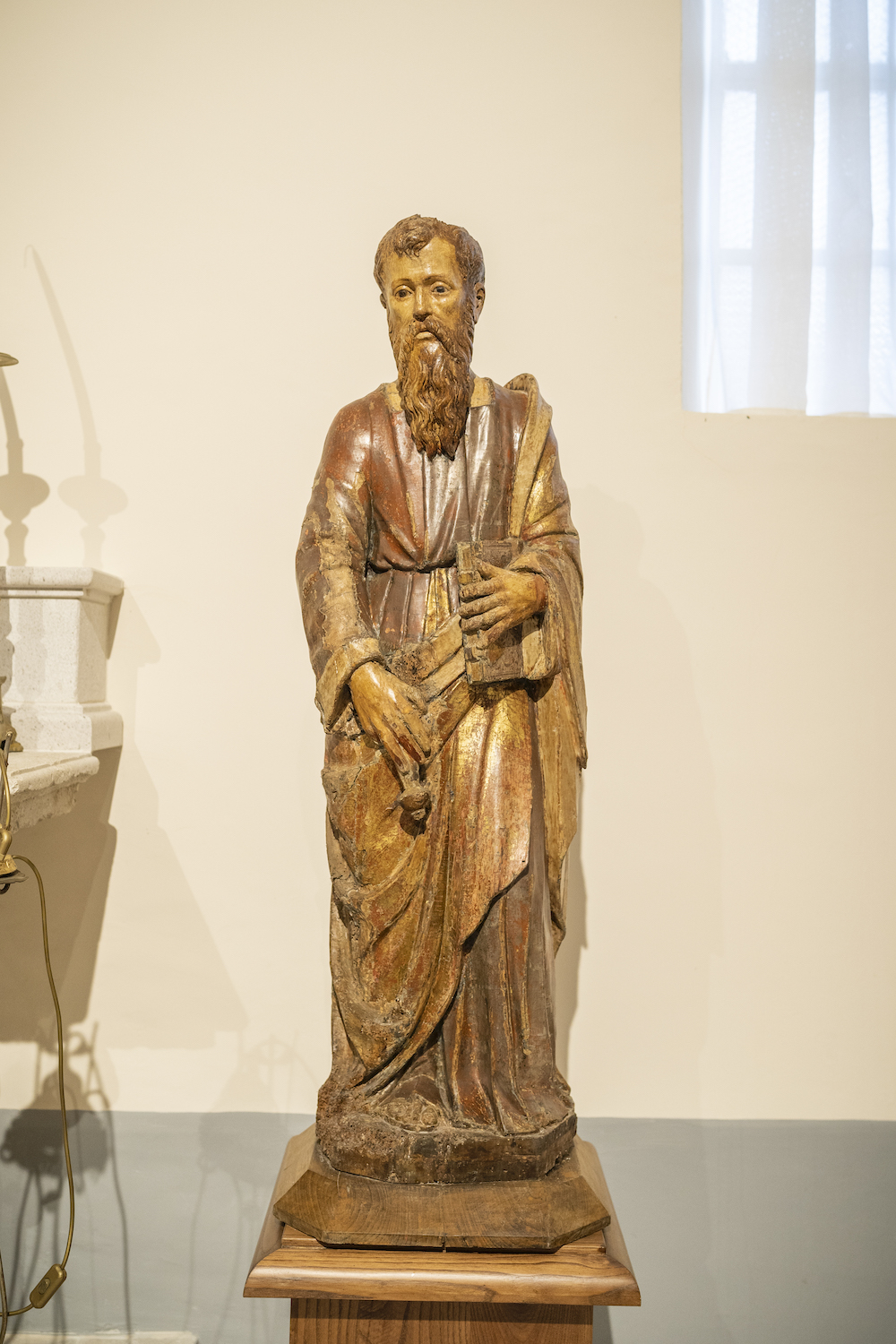
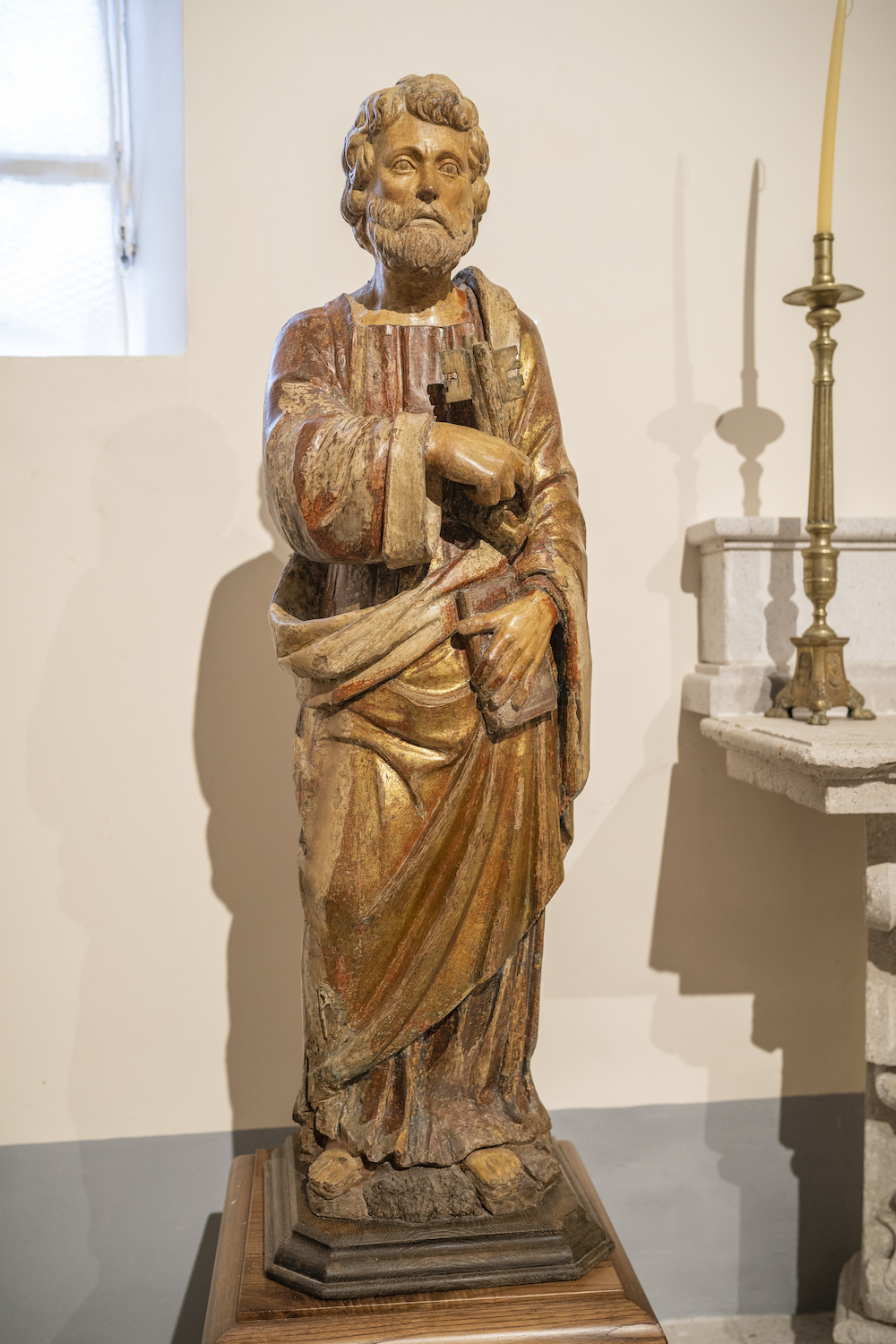
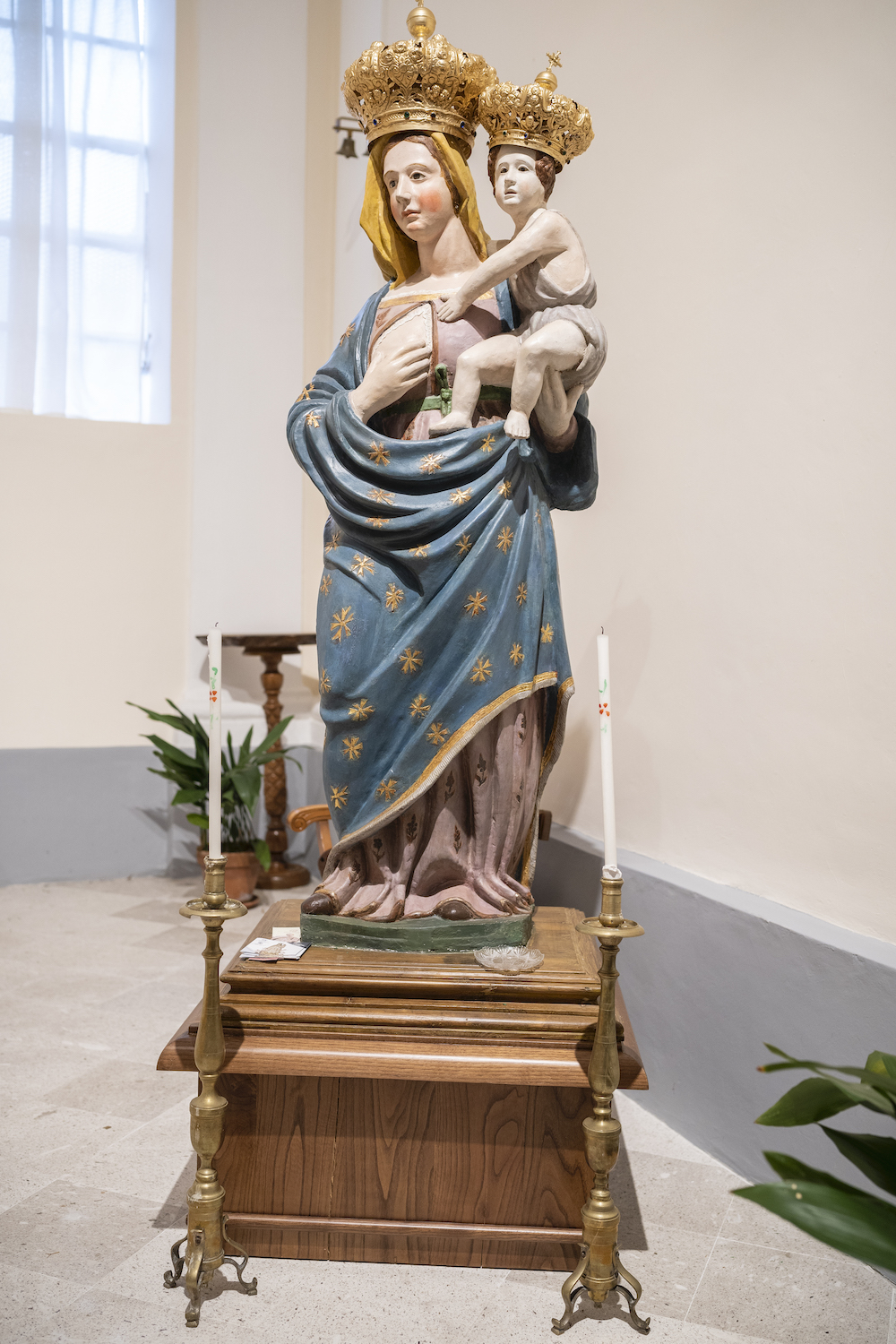
Padula, famous throughout the world for the monumental Certosa di San Lorenzo, a UNESCO heritage site, is rich in artistic and architectural elements, made up of churches, streets, statues and votive aedicules also made of local stone which bear witness to 1100 years of life. Therefore, it is not possible to overlook the context in which the Carthusian site was built and above all to overlook two fundamental elements: the matter and the spirit of the Certosa. Discover the itineraries through the territory of Padula.



